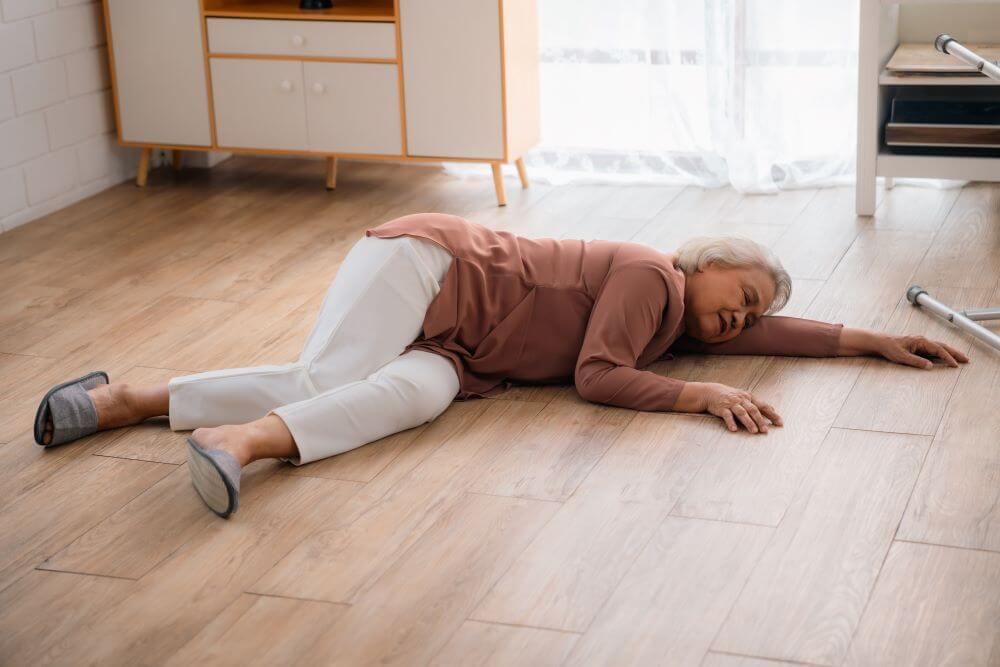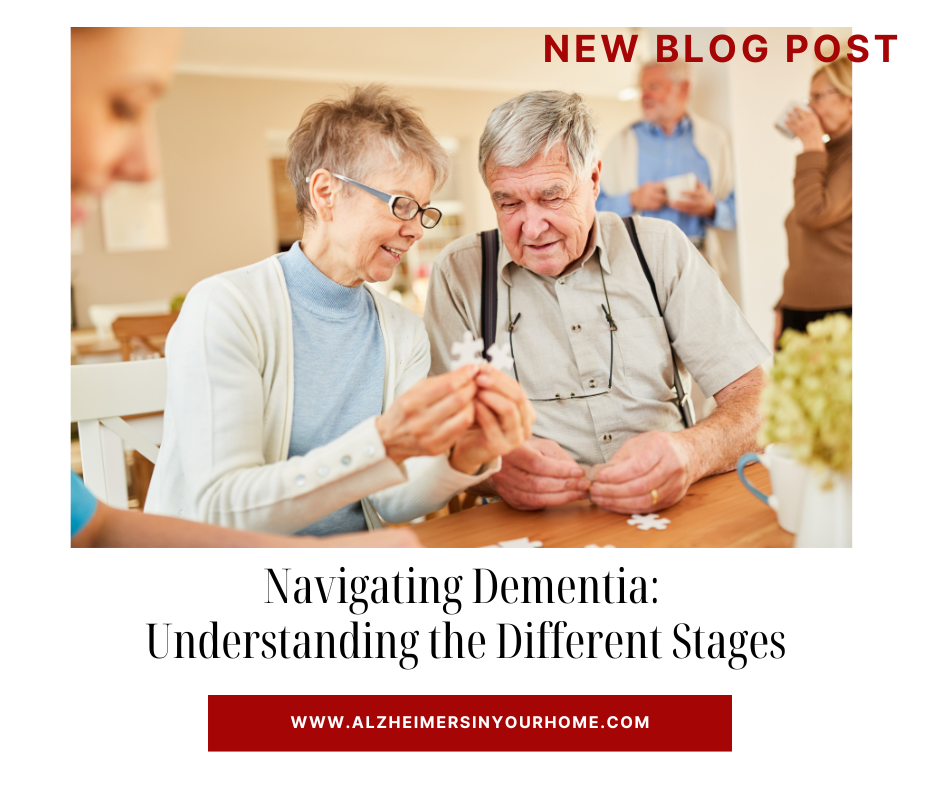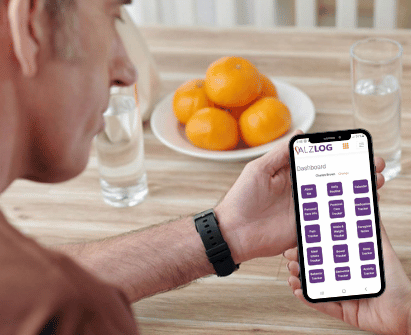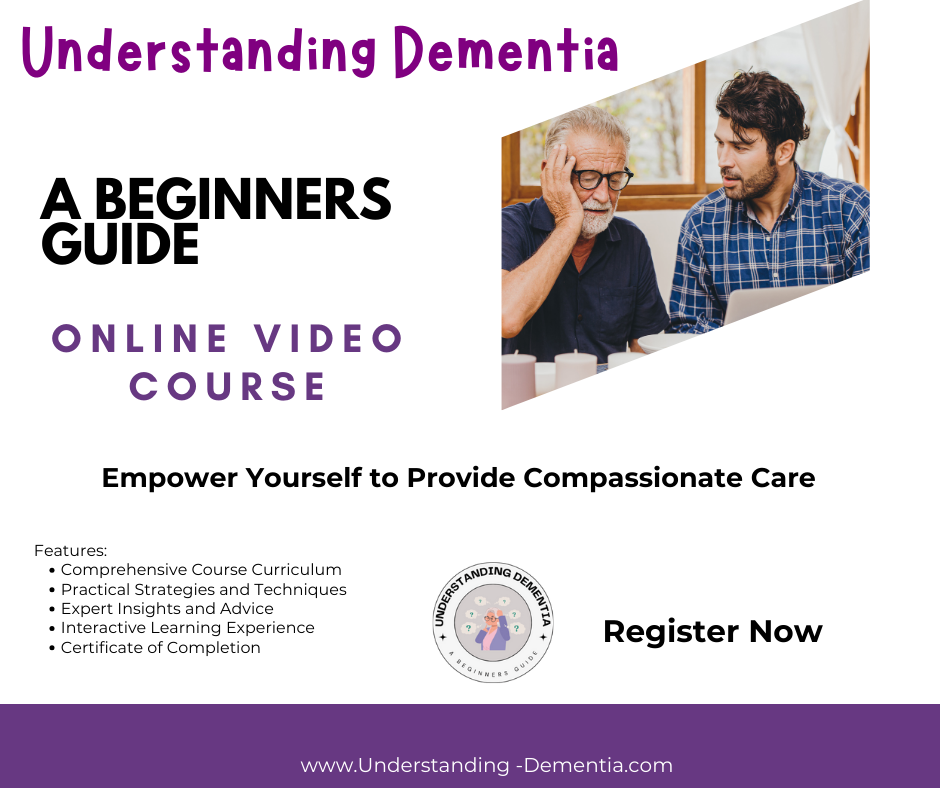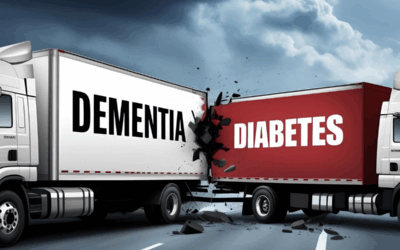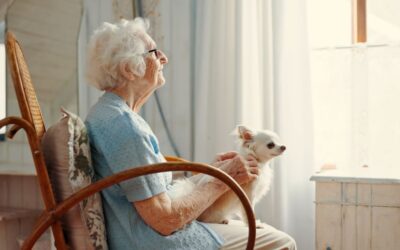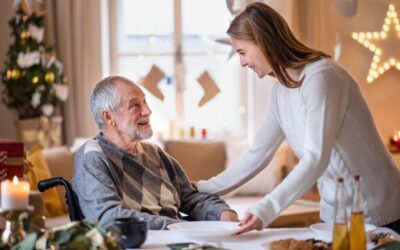You walk into the room and find your loved one on the floor. Your heart drops. Your mind races. Are they hurt? Can you help them up? What do you do next?
Dementia falls at home are one of the scariest moments in dementia caregiving. And while we can’t always prevent them, we can prepare for them. In this blog, we’ll walk through what to do if your loved one with dementia falls, how to help them up safely (if it’s okay to do so), and ways to lower the chances of future falls.

🚨 First Things First: Stay Calm and Check for Injuries
When someone with dementia falls, your reaction can set the tone. Staying calm helps your loved one feel calmer too.
Ask Yourself These Quick Questions:
- Are they alert?
- Are they in pain?
- Can they move their arms and legs?
- Are they bleeding or have any visible bruises?
If they seem seriously hurt — like if you suspect a broken bone, a head injury, or they’re unconscious — do not move them. Call 911 and stay close. Talk gently and reassure them while you wait for help.

🧓 How Dementia Affects Falls
Dementia can make a simple fall much more complicated.
Here’s why:
- Memory problems may cause them to forget to use a walker or ignore safety cues.
- Judgment issues might make them try to reach for unstable furniture or walk on slippery floors.
- Muscle weakness or balance issues make them more likely to stumble.
- Medications can cause dizziness or confusion.
And when they do fall, they may not remember what happened — or even realize they’ve fallen at all.

🩹 How to Check for Injuries After a Dementia Fall at Home
Before you even think about helping your loved one up, it’s important to make sure they’re not seriously hurt. Many injuries from falls aren’t always obvious right away — especially with dementia, where the person might not be able to clearly describe pain.
Here’s a simple step-by-step way to check for injuries:

👀 1. Look at Them Carefully
- Start at the head and scan down slowly.
- Check for bumps, bruises, bleeding, or anything that looks “off.”
- Check the way they’re lying.
- Does one leg look shorter or turned outward? That could be a sign of a hip fracture.

👂 2. Talk to Them
- Ask simple questions like:
- “Does anything hurt?”
- “Can you move your arms/legs?”
- “Can you wiggle your fingers/toes?”
- Keep your tone gentle and calm — even if they don’t understand the words, your tone matters.

✋ 3. Gently Feel (Only if They Seem Calm and Willing)
- Lightly press on arms, legs, and hips. If they wince or pull away, stop.
- Feel for swelling or areas that seem stiff or crooked.
👉 Want to keep this guide on hand? Download your free printable here.

✅ When in Doubt — Don’t Move Them
If you’re unsure or they’re in any pain:
- Call 911 or your local emergency number
- Make them comfortable on the floor
- Place a pillow under their head and cover them with a blanket
- Stay nearby and keep talking softly
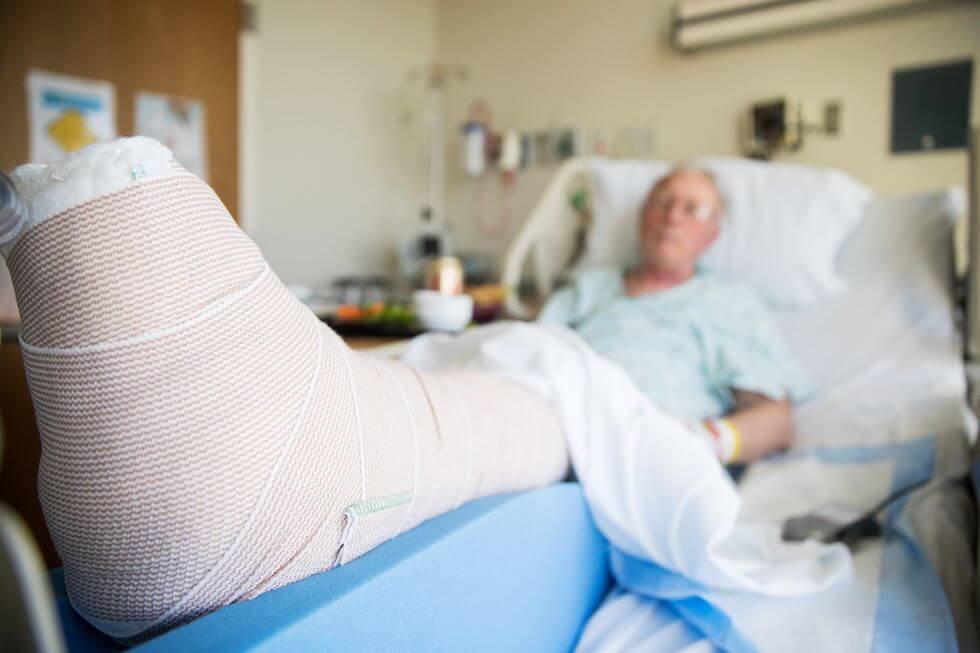
🚑 Common Injuries After a Dementia Fall at Home
People with dementia are more likely to fall due to balance problems, confusion, and weakened strength. Here are some of the most common injuries you should be aware of:
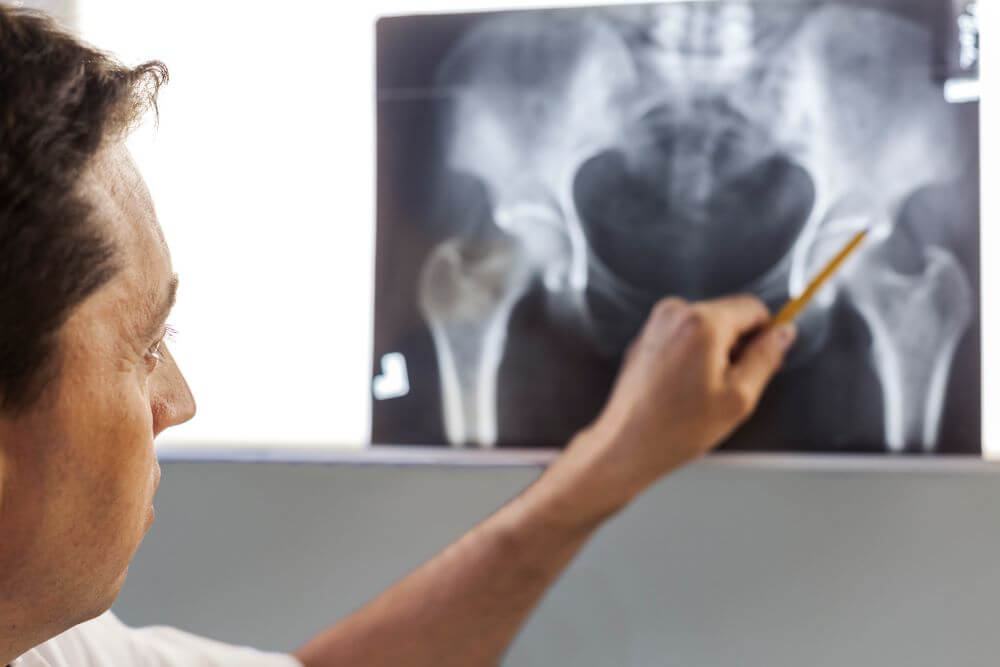
🦴 Hip Fractures
- Very common in older adults and especially dangerous.
- Often caused by sideways falls directly onto the hip.
- Signs to watch for:
- One leg looks shorter than the other
- Leg is turned outward at a strange angle
- They scream, cry, or resist when you try to move them
- They can’t stand up or put weight on one leg
📌 Do not try to help them stand if you suspect a hip fracture. Call 911 and keep them warm and calm.
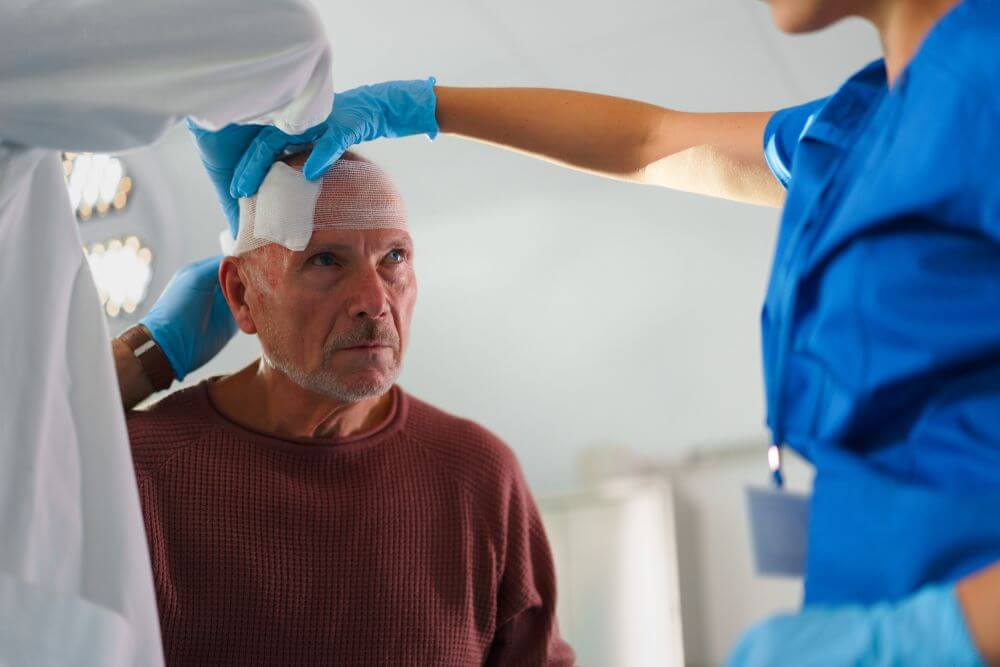
🧠 Head Injuries / Brain Bleeds
- People with dementia may hit their head without being able to tell you.
- Signs of possible head injury:
- Confused more than usual
- Slurred speech or difficulty talking
- Nausea or vomiting
- Headache
- One pupil bigger than the other
- Trouble staying awake or sudden sleepiness
- Seizure or jerky movements
📌 Always get medical help if your loved one hits their head — even if they seem okay at first. Brain bleeds can take hours or even days to show up.

🖐️ Broken Wrists, Arms, or Shoulders
- These usually happen when someone tries to “catch” themselves during a fall.
- What to look for:
- Swelling or bruising around the arm or wrist
- They’re cradling one arm or not using it
- Pain when you gently touch the area
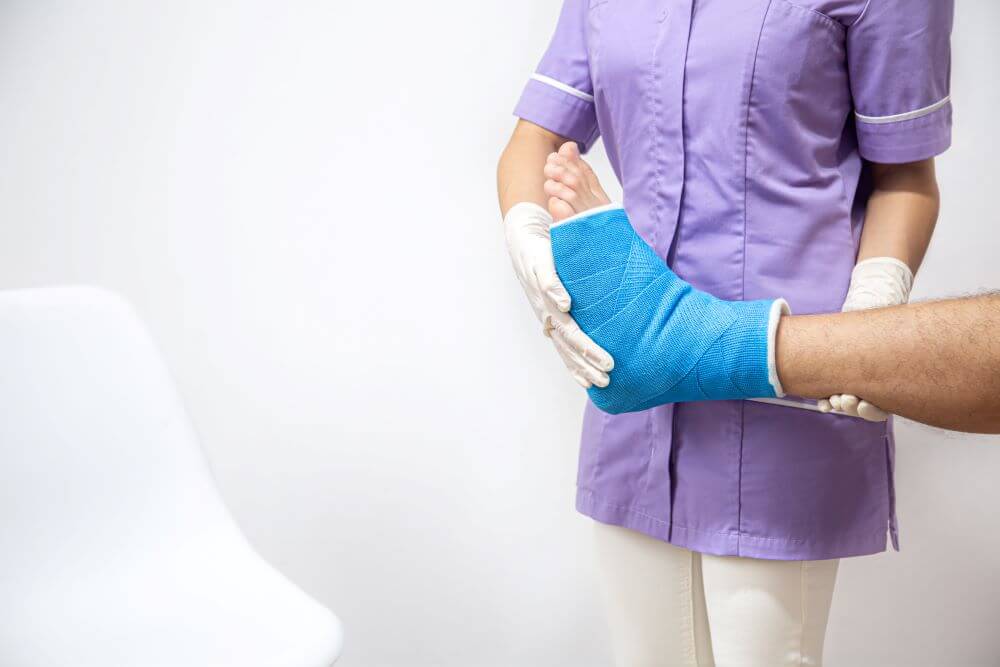
🦶 Knee or Ankle Sprains and Fractures
- May happen if they twist or land awkwardly
- Signs:
- Limping or refusing to stand
- Swelling or tenderness
- Foot turned at an unusual angle

🩹 How to Treat a Skin Tear After a Fall
Skin tears are common in older adults, especially those with fragile skin. Here’s what to do if your loved one has a skin tear:
- Stay calm and reassure them
- Let them know you’re going to help and keep your voice calm.
- Gently clean the wound
- Wash your hands first.
- Use clean water or a saline solution to gently rinse the skin.
- Pat around the area (not on it) with a clean cloth or gauze.
- Realign the skin flap (if present)
- If the skin flap is still attached, gently lay it back over the wound in its natural position.
- Apply a non-stick dressing
- Use a non-stick, sterile dressing or silicone foam pad to cover the area.
- Avoid tape directly on the skin; use paper tape or wrap gently if needed.
- Control bleeding
- Apply gentle pressure with a clean cloth or gauze if the wound is bleeding.
- Keep the area elevated (if possible)
- Elevate the arm or leg to help reduce swelling.
- Monitor for signs of infection
- Watch for redness, warmth, swelling, drainage, or a fever.
- Call the doctor if you notice any of these signs.
- Call for medical help if needed
- If the skin tear is large, deep, or won’t stop bleeding, call your doctor or go to urgent care.
👉 Tip for caregivers: Keep a small first-aid kit stocked with non-stick dressings, paper tape, and saline solution in your caregiving supplies.
👉 Want to keep this guide on hand? Download your free printable here.

🤲 How to Help Someone Up After a Fall (If They’re Not Hurt)
If you’re sure they’re not hurt, and they’re alert and willing to try, you may be able to help them up. But go slow. Take your time. Let them do as much as they can.
Here’s a Step-by-Step Guide:
- Help them roll onto their side and rest a minute. Check again for signs of pain.
- Get them into a crawling position, if they can. Place yourself nearby for support.
- Slide a sturdy chair in front of them (not one that rolls or wobbles).
- Guide their hands to the seat of the chair, so they can use it for support.
- Help them bring one knee up, like they’re stepping forward in a kneeling position.
- Support them gently as they push up with their hands and bring themselves to a standing or seated position on the chair.
- Let them sit and rest before trying to stand fully.
👉 Want to keep this guide on hand? Download your free printable directions here.
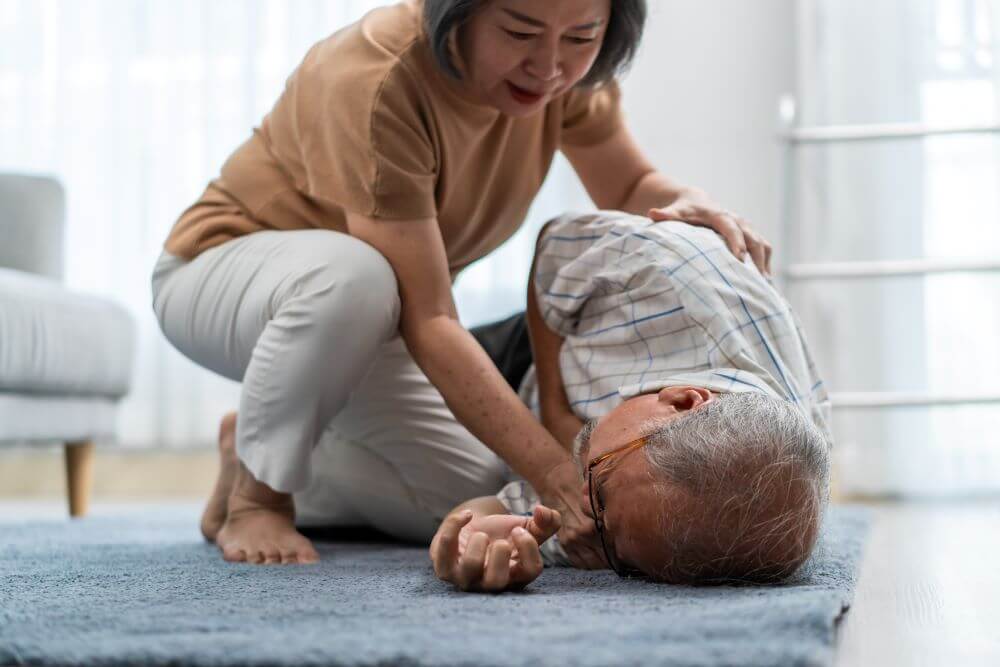
🪑 If They Can’t Get Up: What You Can Do Until Help Arrives
Sometimes, they just can’t get up — and that’s okay. Here’s how to keep them safe and comfortable:
- Call 911 or your local emergency services if needed.
- Stay calm and sit near them. Speak softly and reassuringly.
- Place a pillow under their head and cover them with a blanket.
- Do not try to lift them by yourself — you could both get hurt.
- Don’t give food or drink until you know they’re okay.

⚠️ Fall Prevention Tips for People with Dementia
You can’t stop every fall, but here are simple things that can make a big difference:
- Remove tripping hazards like cords, rugs, and clutter.
- Add nightlights and motion-sensor lighting in hallways.
- Install grab bars in bathrooms and near beds.
- Encourage wearing non-slip socks or sturdy shoes.
- Keep commonly used items within easy reach.
- Stay active with light movement or physical therapy.
Want help with this? Grab our free Fall Risk Home Safety Checklist here.
Learn more about fall prevention in our previous blog Dementia Fall Prevention: Ensuring Safety for Your Loved One
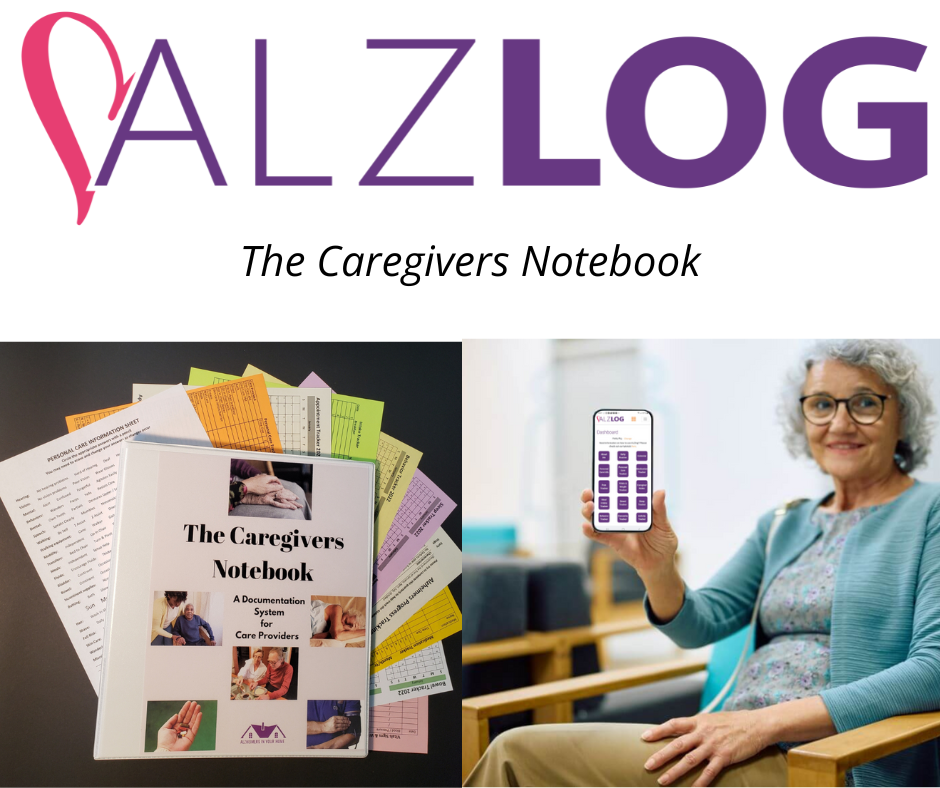
📲 How Alzlog Can Help Caregivers Track Falls and Stay Ahead
It’s easy to forget the details when you’re in the moment — that’s where Alzlog can help. Whether you use the app, the downloadable caregiver notebook, or the 3-ring binder, Alzlog helps you:
- Log the date, time, and details of the fall
- Track patterns that may show early signs of mobility decline
- Record any behavior changes, confusion, or pain after a fall
- Share detailed info with doctors or other caregivers easily
- Know when it’s time to bring in extra help or make the home safer
👉 Learn more
🔗 Try ALZlog: Track Changes & Spot the Stage
🔗 Get the Caregiver’s Notebook – Digital, Downloadable, or Mailed 3-Ring Binder
❤️ Final Thoughts for the Caregiver’s Heart
Finding your loved one on the floor is one of the hardest moments in caregiving. It can feel terrifying — and even after the fall is over, the fear can stay with you.
Please know this: you’re not alone. These moments are part of the dementia journey. The best thing you can do is be prepared, take action calmly, and give yourself grace.
You’re doing your best. And that’s enough.
Hi, I'm Larea, I am a Registered Nurse specializing in Dementia Care, with 30 years of experience supporting dementia patients and their families. Over the years, I have provided care in diverse settings, including homes, hospitals, nursing homes, assisted living facilities, and hospice. My passion is guiding caregivers, sharing my knowledge and experience to help them navigate the challenges of dementia care with confidence and compassion.

